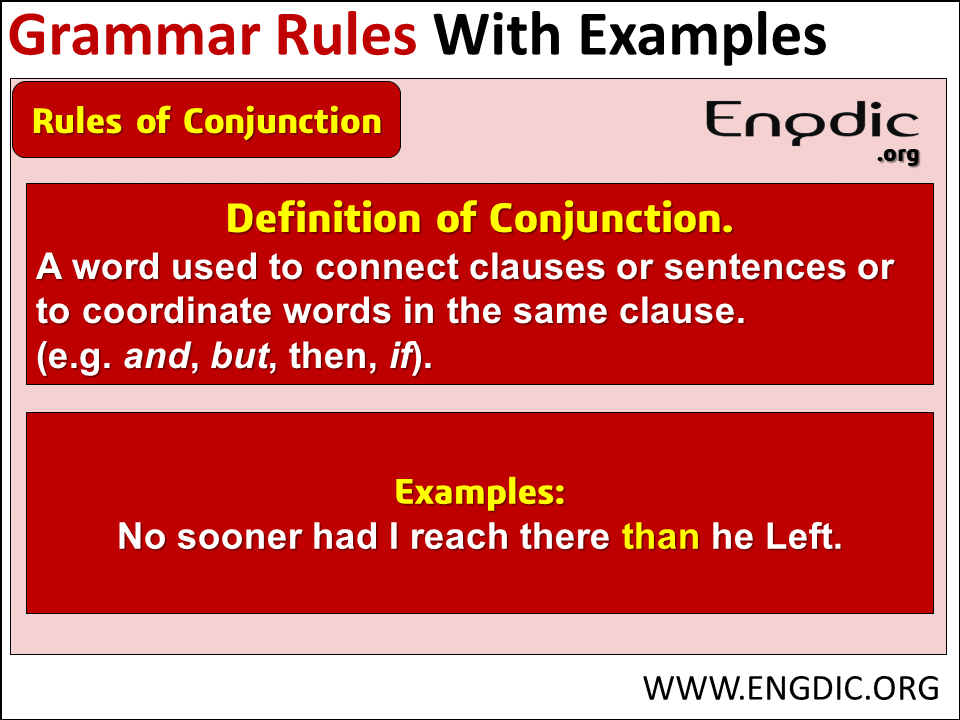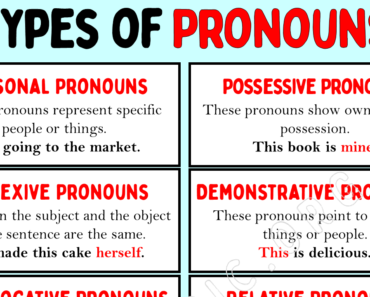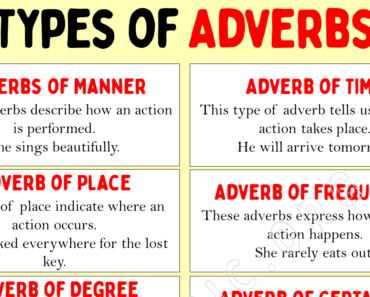In this useful lesson, we’re going to talk about a special part of English that helps us join words and ideas together. These are called conjunctions. There are 4 main types that we use all the time. Understanding them is like having a magic key to making sentences that sound good and make sense. So, let’s explore and learn these easy tricks to make your English even better!
Define Conjunction
A conjunction is a word that joins words, phrases, clauses, and sentences.
There are three major types of conjunctions:
- Coordinate Conjunction
- Subordinate Conjunction
- Correlative Conjunction
- Conjunctive Adverb
i. Coordinate Conjunction
Coordinate conjunctions usually link elements of the same grammatical class. For example, it connects nouns with nouns, adverbs with adverbs, phrases with phrases, and clauses with clauses.
Some important coordinate conjunctions are:
And, but, for, or, nor, also, either…or, neither…nor.
Examples:
- John and Jolly are friends. (Join two nouns)
- He walks slowly and lazily. (Connects two adverbs)
Kinds of Coordinate Conjunction
Coordinate conjunction is further divided into four types:
- Cumulative or copulative conjunctions
- Adversative conjunction
- Disjunctive or alternative conjunctions
- Illative conjunction
1. Cumulative Conjunction
Cumulative conjunction merely adds one element to another.
Some cumulative conjunctions are:
And, both….and, as well as, not only….but also.
Examples:
John writes books and CJ prints them.
Jacky got up and went to the bathroom.
2. Adversative Conjunction
Adversative Conjunction links opposite statements.
Some adversative conjunctions are:
But, still, yet, whereas, while, nevertheless, etc.
Examples:
The string is thin but it is strong.
The story is strange yet true.
3. Disjunctive or Alternative Conjunctions
Conjunctions that present two alternatives are called disjunctive or alternative conjunction.
Some disjunctive conjunctions are:
Or, either…or, neither…nor, neither, nor, otherwise, else, etc.
Examples:
- Grapes are either green or red.
- We will go to the river or stay at home.
- Neither he nor his wife enjoyed the picnic.
4. Illative Conjunction
Illative conjunction shows result or logical judgment.
Some illative conjunctions are:
So, there, hence, thus, because, as, for, etc.
Examples:
Somebody has come, for I have heard a knock at the door.
He was ill, so he did not go to college.
ii. Subordinate Conjunction
A subordinate conjunction introduces a subordinate clause. It links the subordinate clause to the independent clause.
Here is a simple list of subordinating conjunctions:
| After | although | as | as if |
| as long as | as much as | as soon as | as through |
| because | before | by the time | even if |
| even trough | if | in order that | in case |
| in the event that | lest | now that | once |
| only | only if | provided that | since |
| so | supposing | that | than |
| though | till | unless | until |
| when | whenever | where | whereas |
| whenever | whether or not | while. |
iii. Correlative Conjunction
A correlative Conjunction consists of a pair of conjunctions that work together. This pair of conjunctions functions as a single conjunction. It relates one sentence element to the other. Coordinating conjunctions and subordinating conjunctions are single words, while correlative conjunctions work in pairs.
Some of the correlative conjunctions are given below:
Both…and, either…or, neither…nor, hardly…when, not only…but also, no sooner…than, rather…than, as…as.
iv. Compound Conjunction
The phrases that are used as conjunctions are called compound conjunctions.
Some of the compound conjunctions are given below:
So that provided that, as well as, as soon as, as long as, such as, in order that, as if, as though, etc.
Infographics
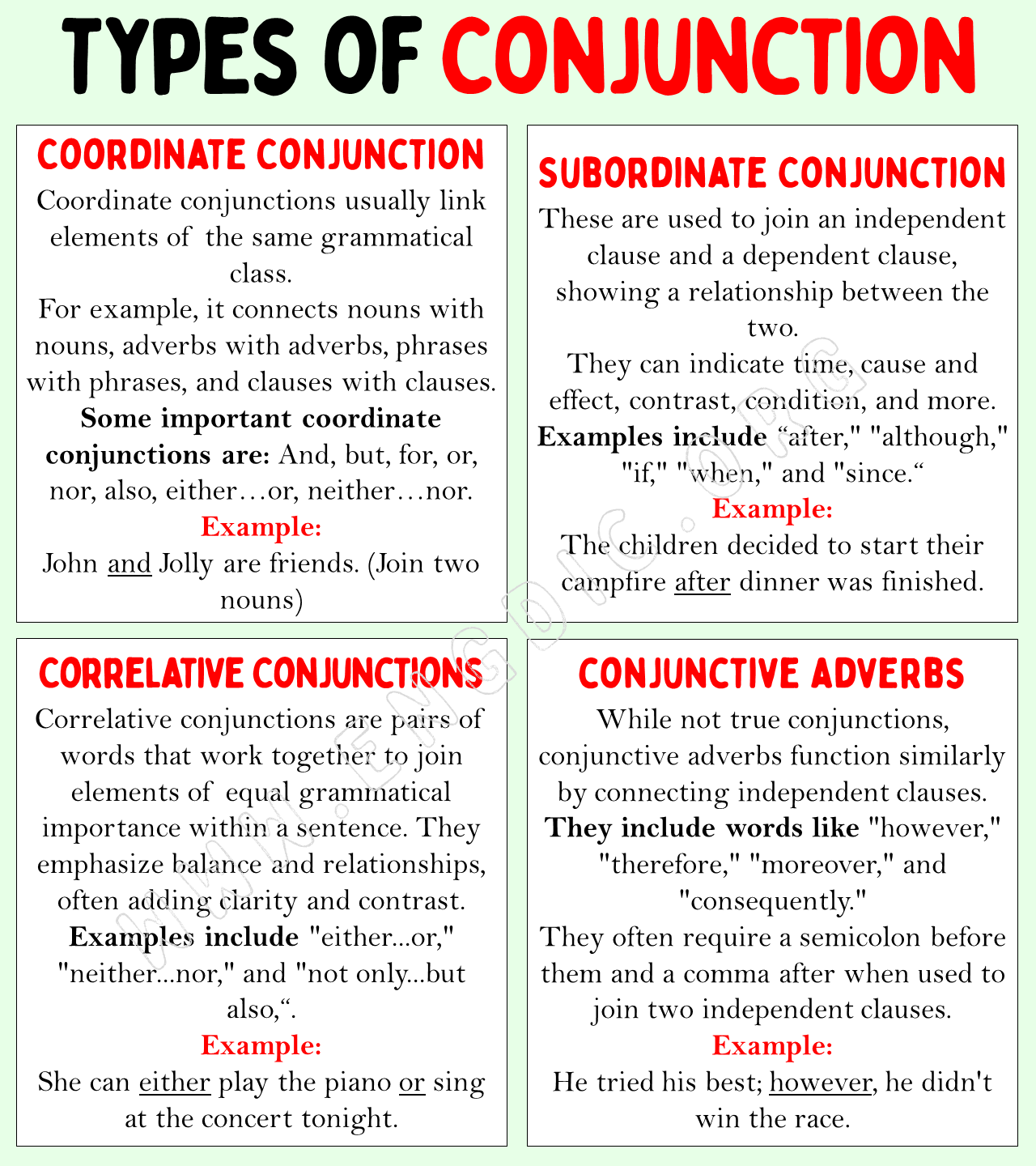
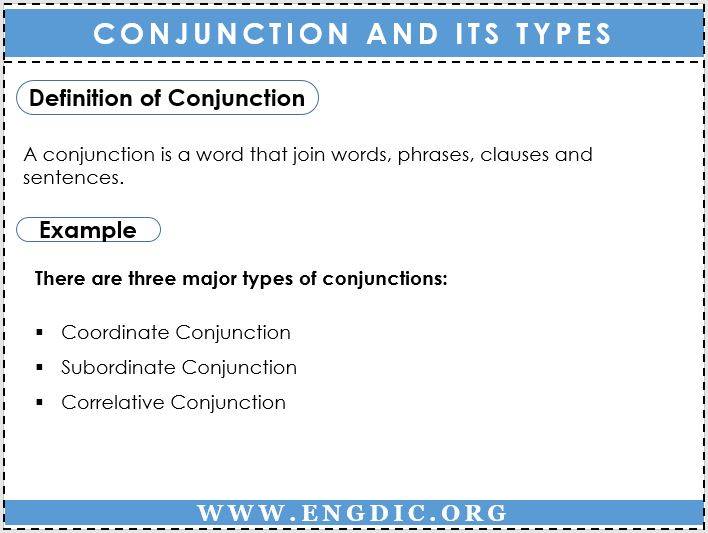
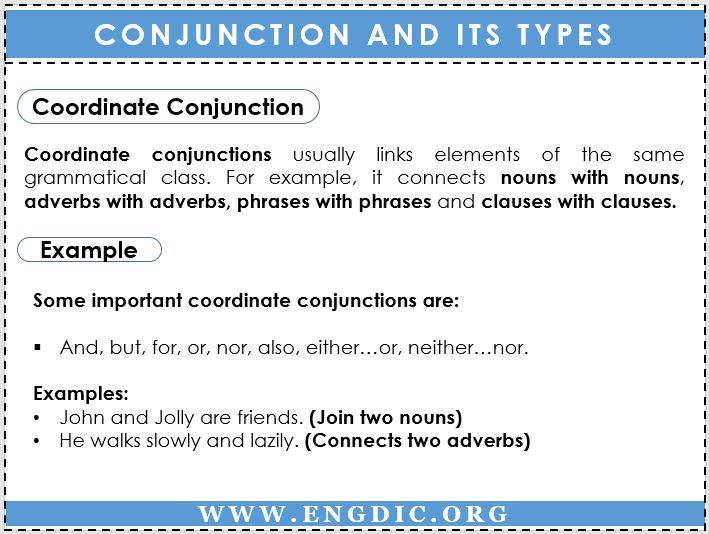
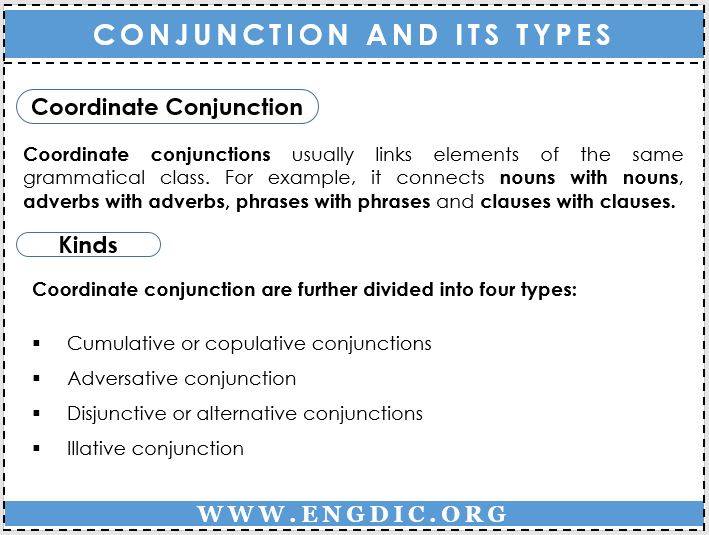
Download the pdf of this lesson “Conjunction and its types” here.

